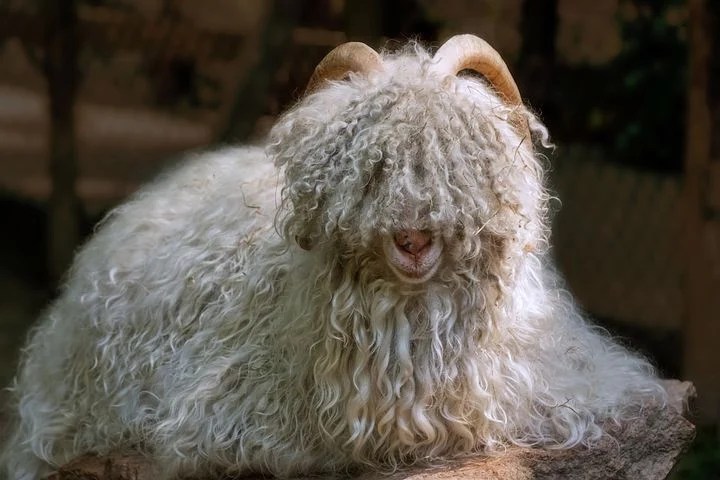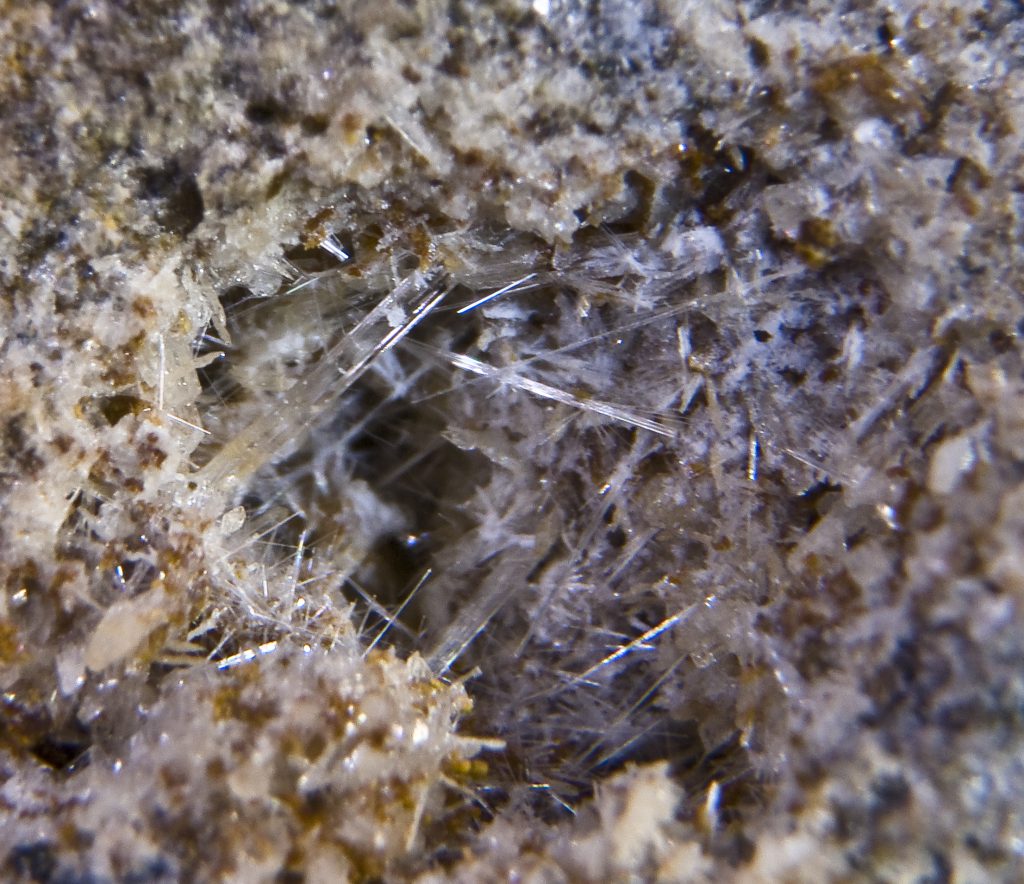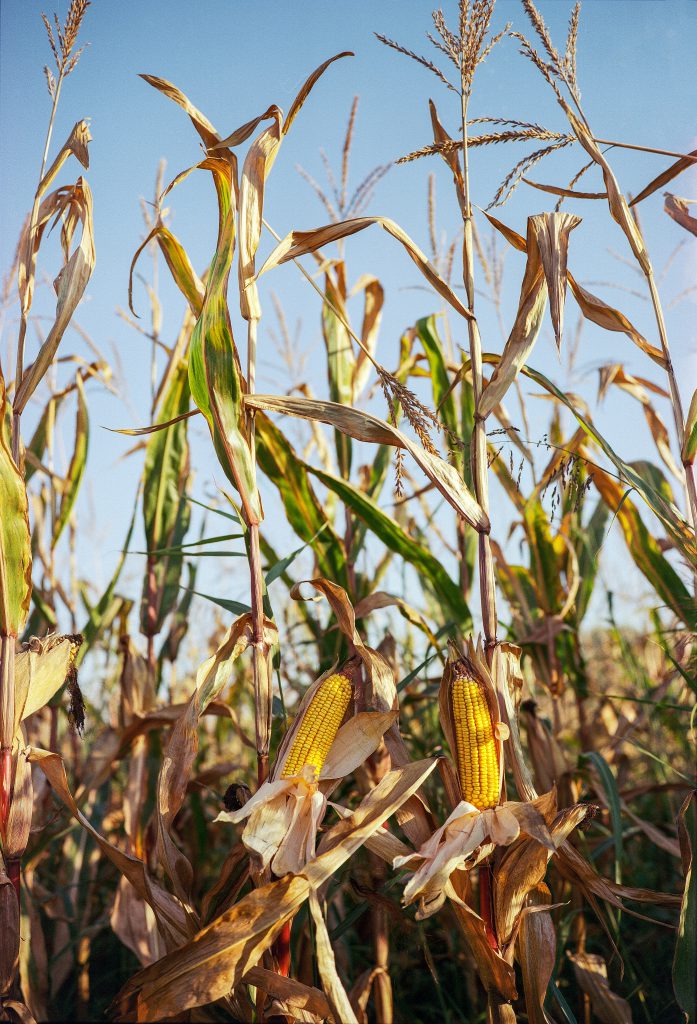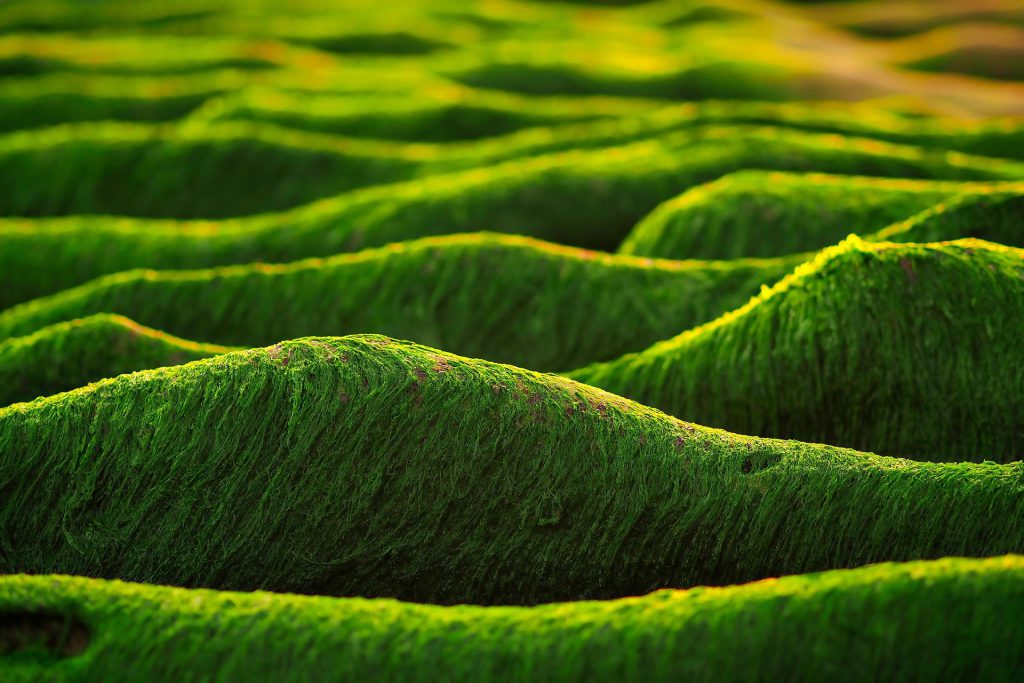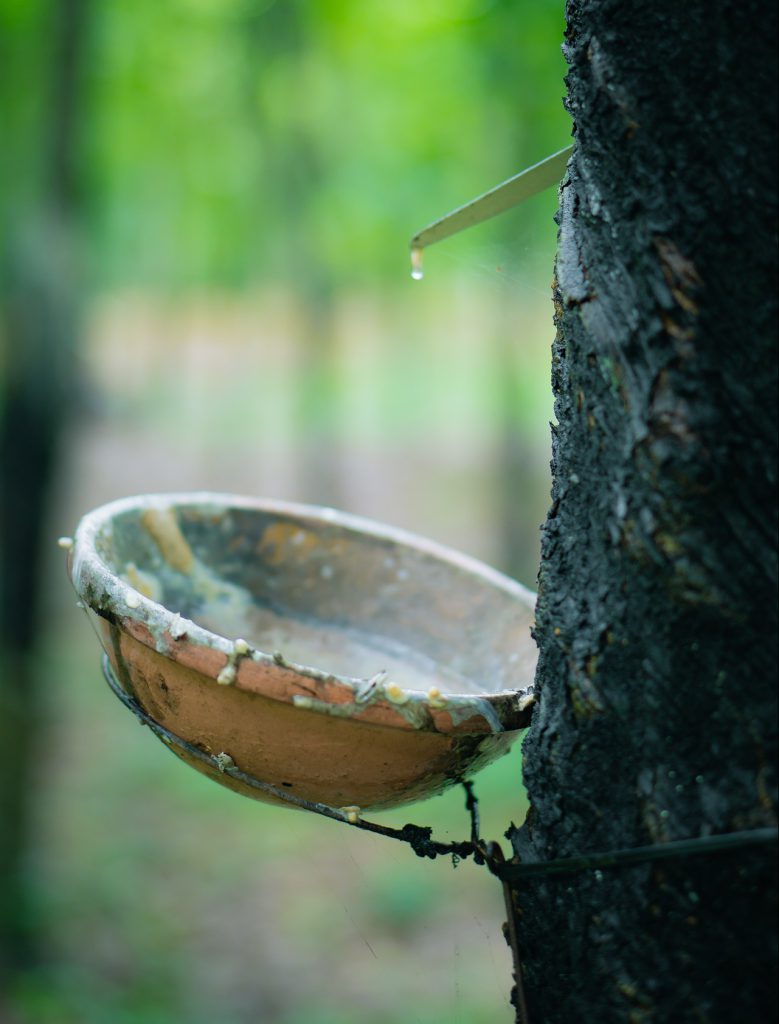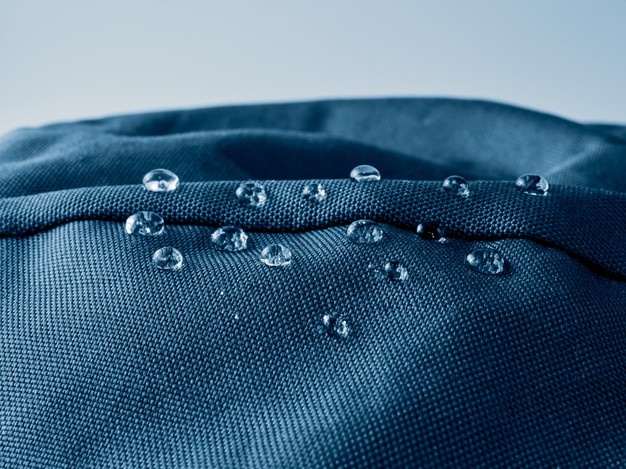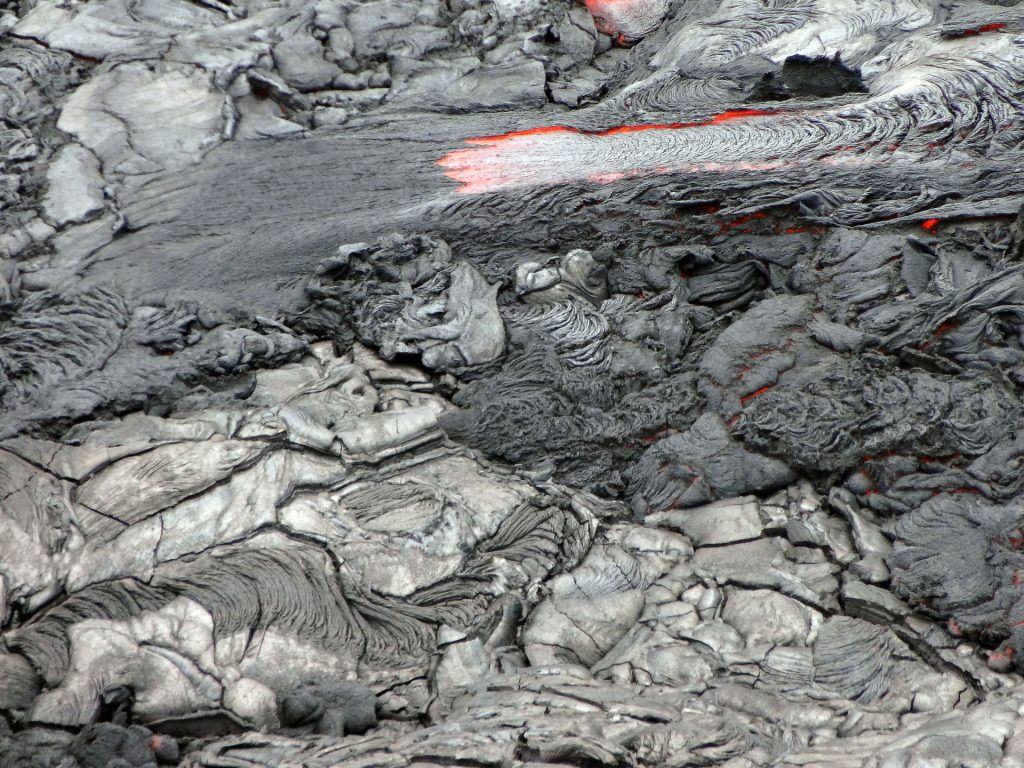Natural plants
Fibers of natural plant origin, essentially composed of cellulose, come from stems, leaves, seeds or fruits.
Among their common characteristics, we note that they absorb water by swelling. They are crumpled. They resist to a temperature of 150°C then yellow and burn easily. They are resistant to weak alkalis and organic solvents.
In the field of technical textiles, they are chosen for their tensile strength, lightness and recyclability. They are widely used in composites as well as for building insulation.
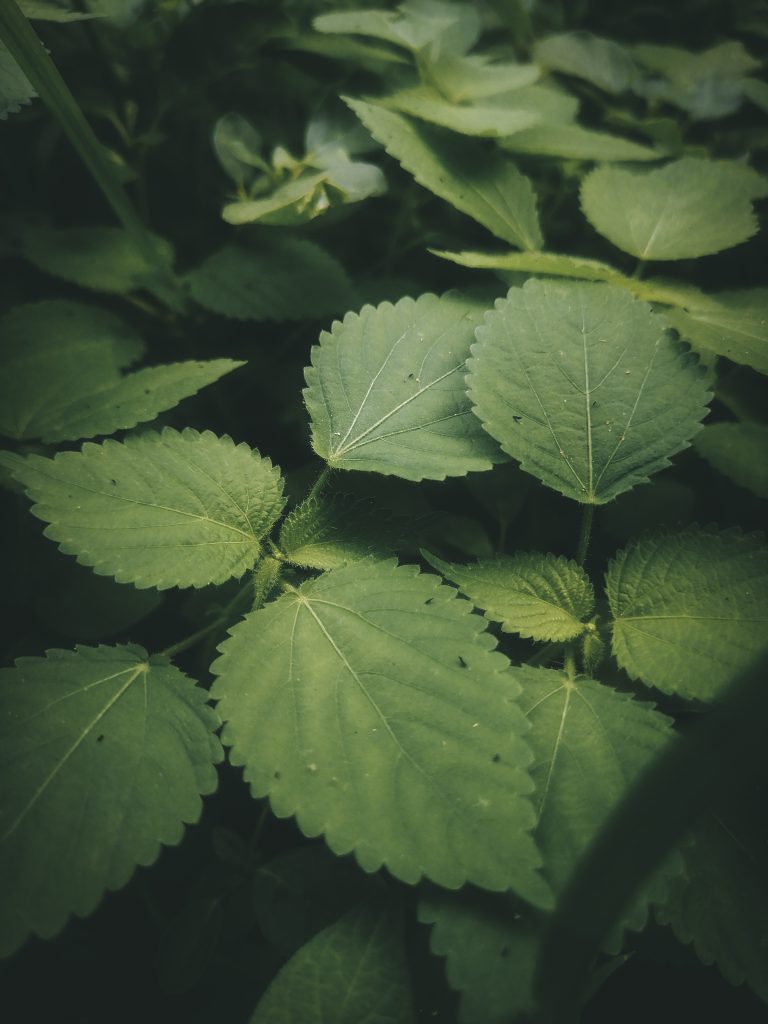
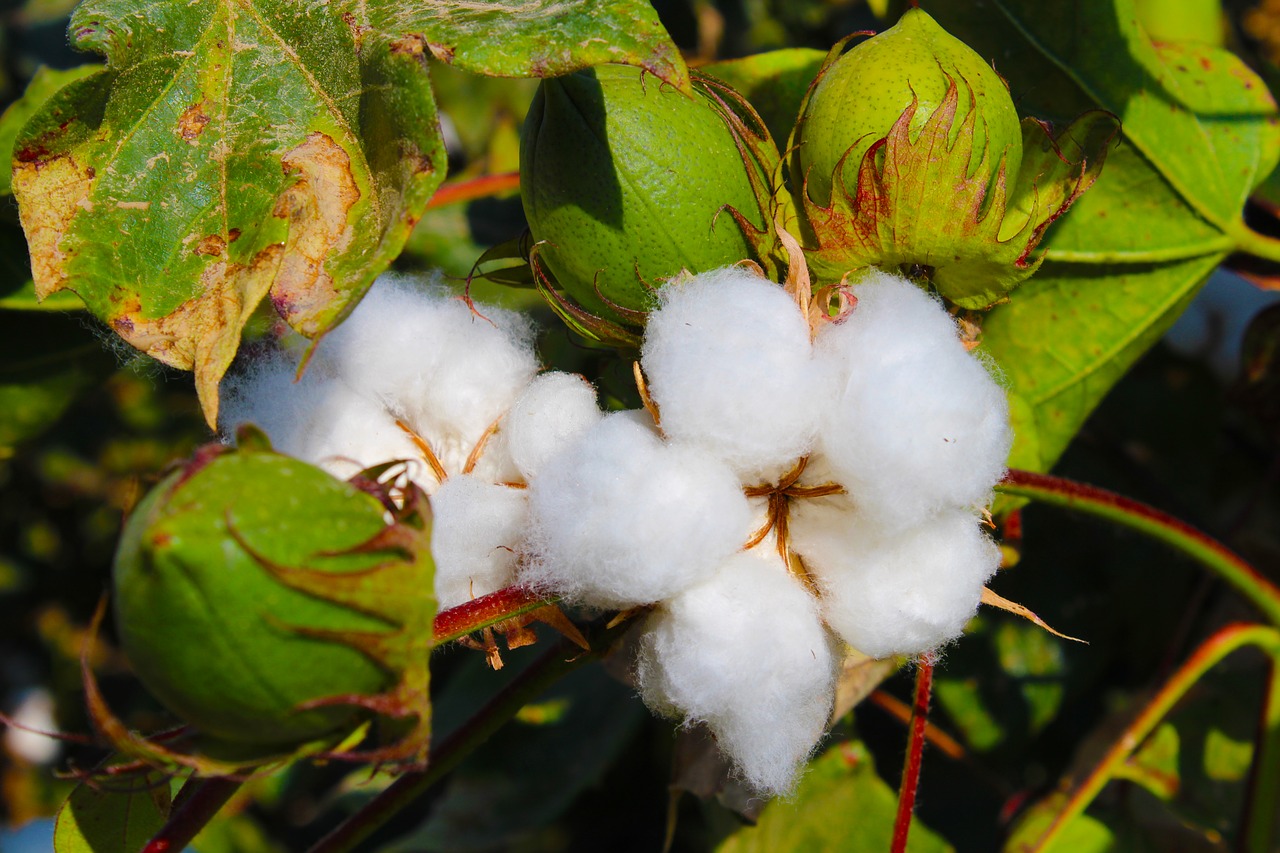
Cotton
- Origin :
Cellulosic plant fiber that surrounds the seeds of cotton plants, shrubs of the Malvaceae family. This fiber is made of pure cellulose.
- Culture :
Grown in tropical and subtropical arid regions. Requires a lot of water. It is the cotton flower that is used.
- Location :
Mainly China, India, USA, Brazil, Pakistan, Uzbekistan, Turkey, Australia, Mexico and Argentina.
- Fibers :
Short fibers from 3 to 6 cm long and 20 to 40 µm in diameter.
- Use :
Clothing, insulation, hygiene, furniture, household linen.
- Features :Hydrophilic, thermal insulation, acoustic insulation, soft, comfortable, hypoallergenic, breathable, flexible, easy care, biodegradable
- Weaknesses :
Medium dimensional stability, medium colourfastness, low abrasion resistance, moisture sensitive, tears easily.
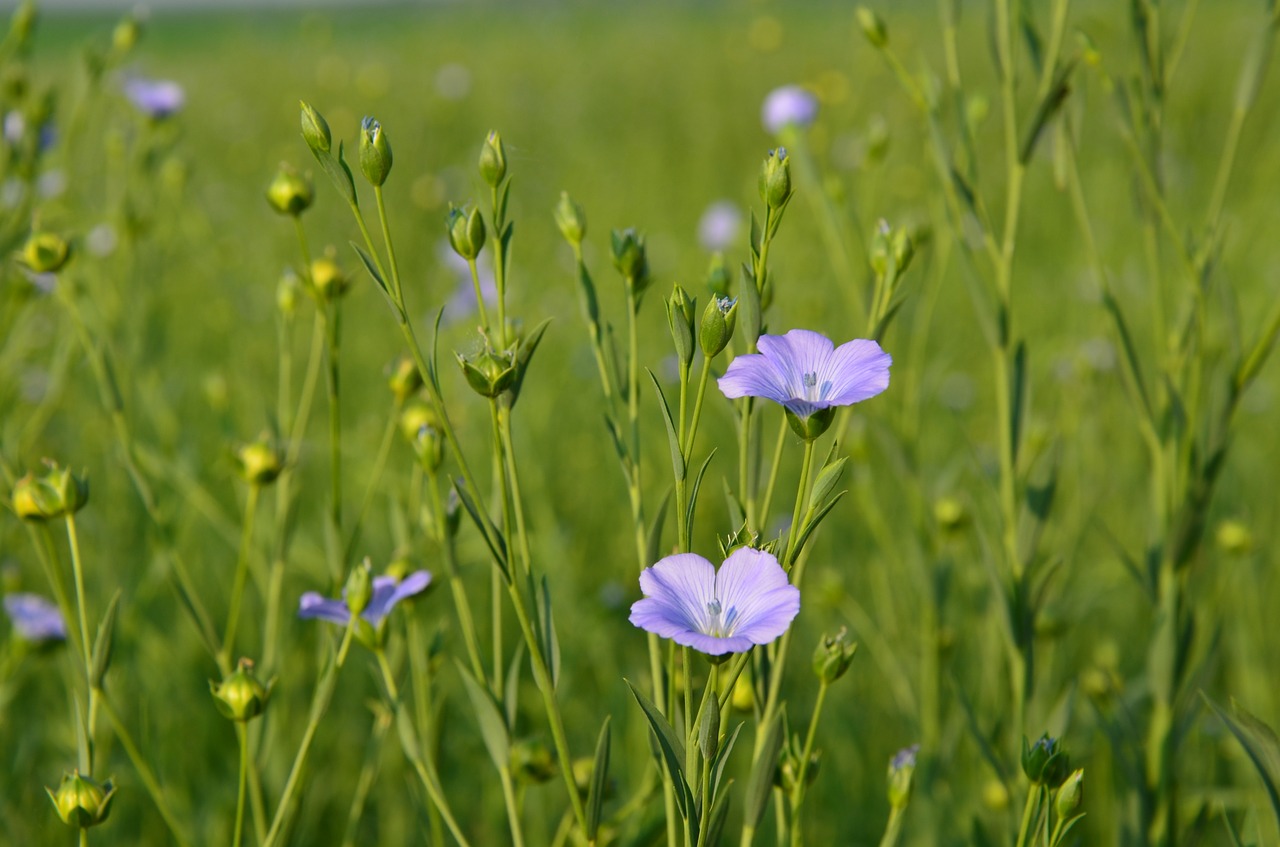
Linen
- Origin :
Cellulosic plant fiber, extracted from the stem of the plant. Flax is a species of dicotyledonous plants of the Linaceae family.
- Culture :
Requires a retting (the torn flax rests on theground and retts under the action of micro-organisms and moisture). This step allows to loss of cohesion between fibers and thus an easier extraction.
- Location :
France, Belarus, Russia, Belgium, Egypt, China, Ukraine, Poland, Netherlands…
- Fibers :
Long fibers from 1 to 15 cm length and 10 to 50 µm diameter.
- Use :
Clothing, household linen, furniture, automotive, industry, building (thermal and sound insulation), cigarette paper, sports equipment, nonwovens and composites.
- Features :Hydrophilic, antibacterial, thermoregulating, breathable, breaking resistance, comfortable, thermal insulation, acoustic insulation, hypoallergenic, lint free, ecological, biodegradable
- Weaknesses :
Wrinkles, rough.
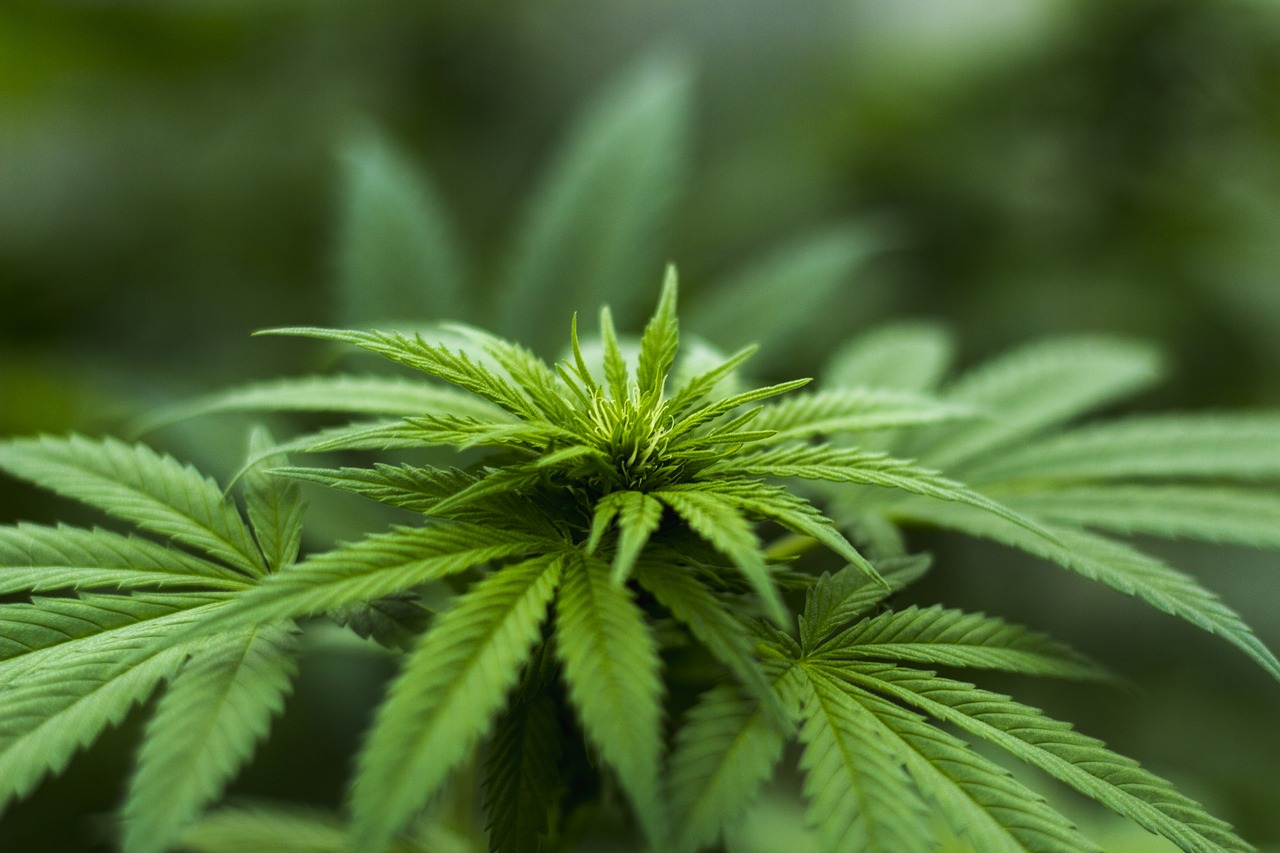
Hamp
- Origin :
Cellulosic plant fiber, extracted from the stem of the plant. Hemp is a subspecies of the Cannabis sativa species of the Cannabaceae family.
- Culture :
Grows very easily, requires little water and no chemicals. Requires a retting (the hemp torn off rests on the ground and retts under the action of the rain and the micro-organisms). This step allows the loss of cohesion between the fibers and thus an easier extraction.
- Location :
France (52%), China, North Korea, Netherlands, Chile, Romania, Italy, Austria, Russia, Ukraine.
- Fibers :
Long fibers 15 to 18 cm in length and 10 to 50 µm in diameter.
We also find the short fibers of hemp called cotonnised hamp. They are so named because they are reduced in short fibers similar to cotton (3 to 6 cm) and allow a similar comfort and softness. - Use :
Automotive, building, thermal and sound insulation, composites, ropes, paper, transport, furniture, household linen, clothing.
- Features :Hydrophilic, ecological, breaking resistance, thermal insulation, acoustic insulation, biodegradable
- Weaknesses :
Rough, long and complicated transformation process.
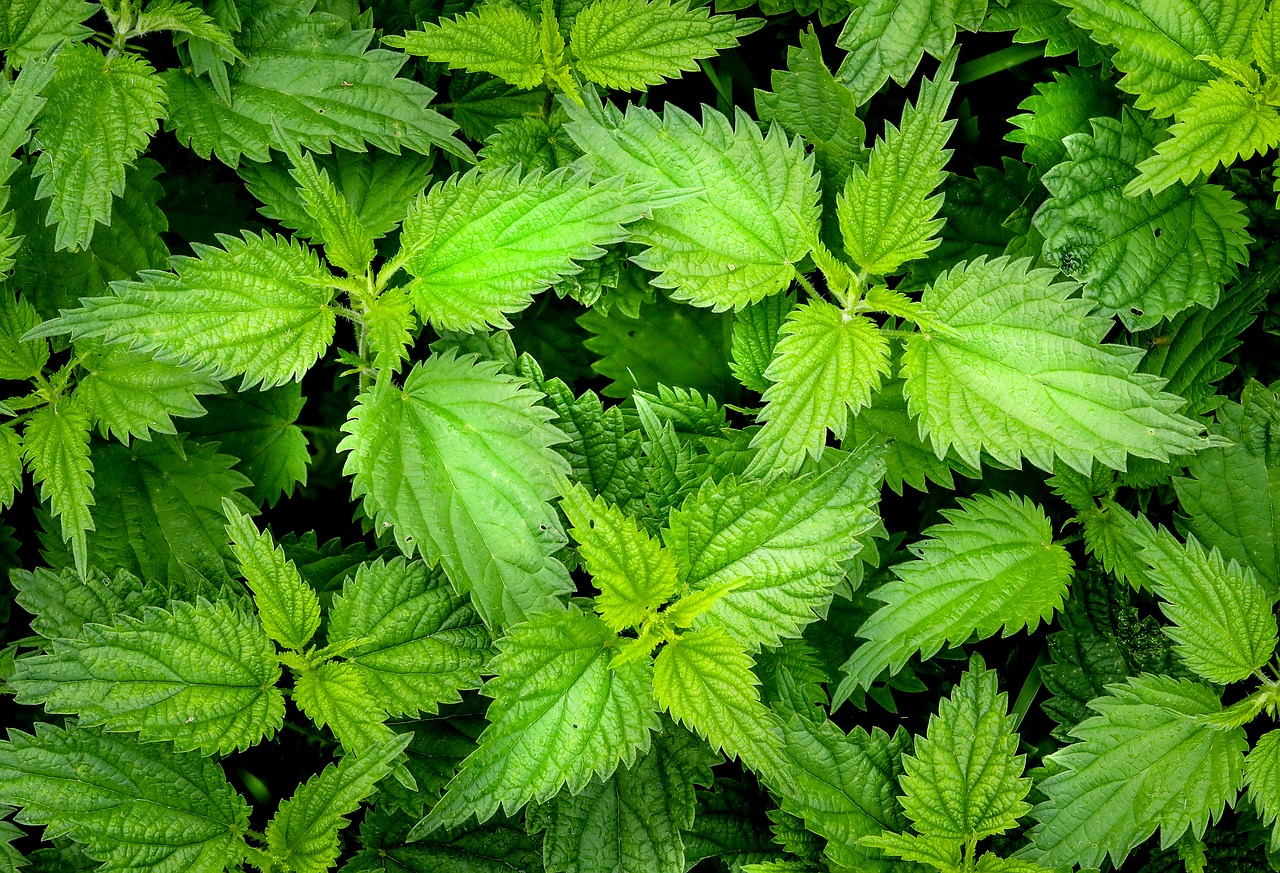
Nettle
- Origin :
Cellulosic plant fiber, extracted from the stem of the plant. Nettle is a herbaceous plant of the Urticaceae family.
- Culture :
Requires little water and no chemicals. Easy culture because it is a perennial plant. Requires a retting (plants soak in a basin at 50-60°C), this step allows the loss of cohesion between the fibers and thus an easier extraction.
- Location :
China, Europe, North America.
- Fibers :
Long fibers of 5 to 15 cm in length and 20 µm in diameter.
- Use :
Industry, ropes, canvases to paint, furniture household linen, clothing.
- Features :Hydrophilic, ecological, light, solid, thermal insulation, acoustic insulation, thermoregulating, flexible, silky, antifungal, biodegradable
- Weaknesses :
Low moisture resistance, wrinkles, flammable.
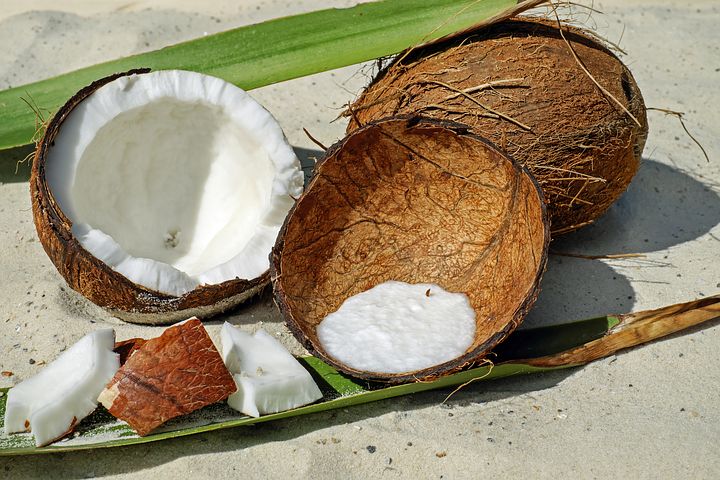
Coco
- Origin :
Cellulosic plant fiber, it is formed around the coconut. Also called “coir”.
- Culture :
It needs heat and sun to develop. It requires a retting (the fibers are pulled out and rest on the ground under the action of rain and micro-organisms), this stage allows the loss of cohesion between the fibers and thus to soften them.
- Location :
Sri Lanka, India. Mainly cultivated by small producers, dispersed production in small volumes.
- Fibers :
Short fibers up to 35 cm in length and 12 to 25 µm in diameter.
- Use :
Brush, wickerwork (carpets, mats, doormats), ropes, fishing nets, upholstery, building, geotextile.
- Features :Acoustic insulation, breaking resistance, antifungal, antimicrobial, ageing resistant, hydrophilic, antiUV, salt water resistant, biodegradable
- Weaknesses :
Rough, coarse look
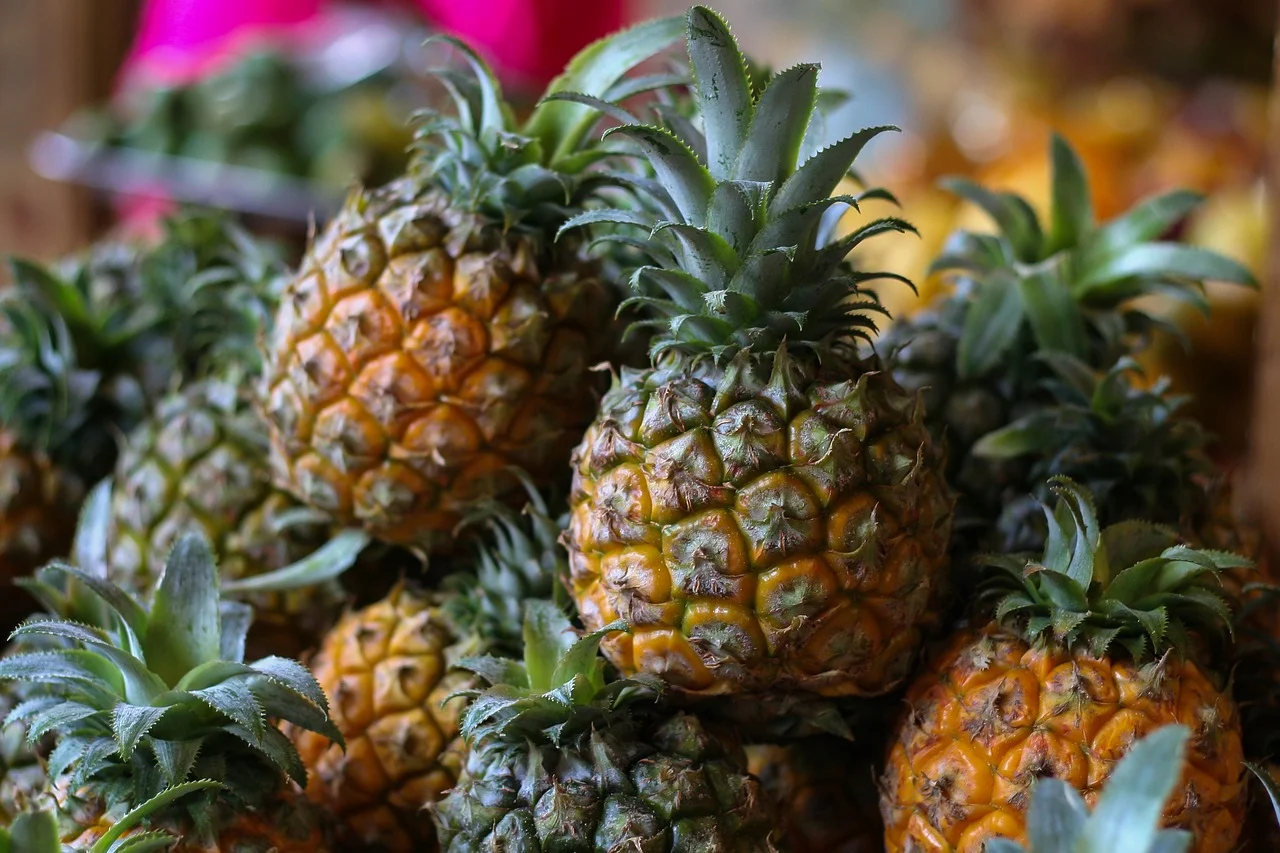
Pineapple or pina
- Origin :
Cellulosic plant fiber, the fiber is extracted from pineapple leaves.
- Culture :
Cultivated in tropical countries, it requires a lot of sun, heat and water. Process of implementation carried out with the hand. Can be combined with silk and polyester. Its culture requires a dry climate and high temperatures.
- Location :
Philippines, Taiwan, Brazil, Hawaii, India, Indonesia, Bangladesh.
- Fibers :
Long fibers from 30 to 90 cm in length, and about 20 µm in diameter.
- Use :
Much used as an alternative to leather (Pinatex), in the form of nonwoven, for clothing, leather goods and furniture. Or in its raw form (Pina) for clothing, leather goods, household linen and furniture.
- Features :Hydrophilic, eco-responsible (from waste), light, flexible, brilliant, soft, highly resistant to washing, biodegradable
- Weaknesses :
Stiff and low breaking resistant for pinatex, non-industrial implementation procedure.
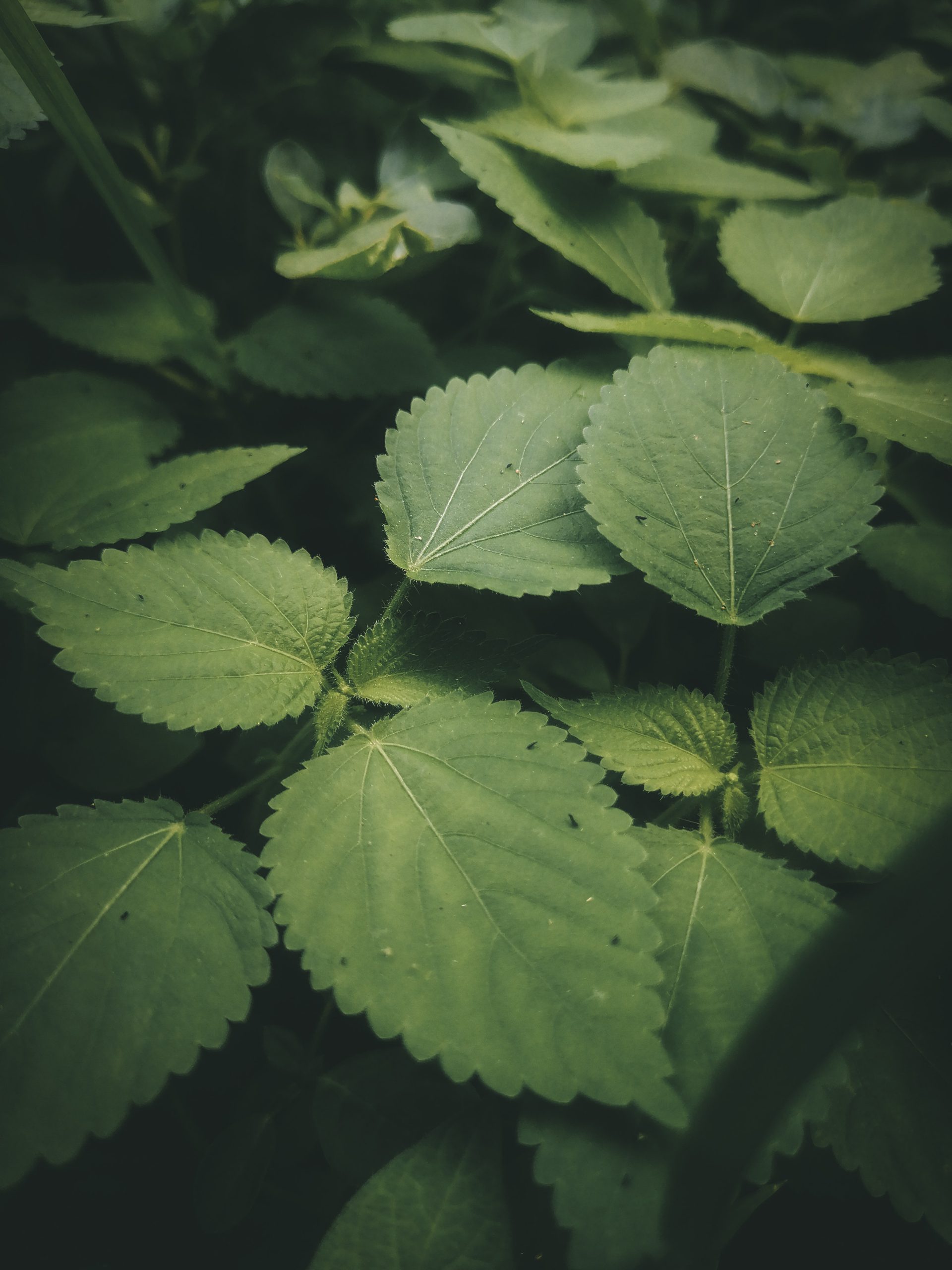
Ramie
- Origin :
Cellulosic plant fiber, also called Chinese nettle, is extracted from the stem.
- Culture :
It is cultivated in tropical or temperate climates. Requires a retting (the fibers are pulled out and rest on the ground under the action of rain and micro-organisms), this step allows the loss of cohesion between the fibers and thus to soften them.
- Location :
China, Brazil, Philippines, India, South Korea, Thailand and USA.
- Fibers :
Very long fibers, from 6 to 25 cm in length and 45 µm in diameter.
- Use :
Paper, clothing, canvas, industry, fishing net, furniture, ropes, composites.
- Features :Breaking resistance, antifungal, brilliant, soft, easy to dye, hydrophilic, ecological, flexible, breathable, biodegradable
- Weaknesses :
Artisanal process, thick fiber, moisture sensitive, combustion sensitive
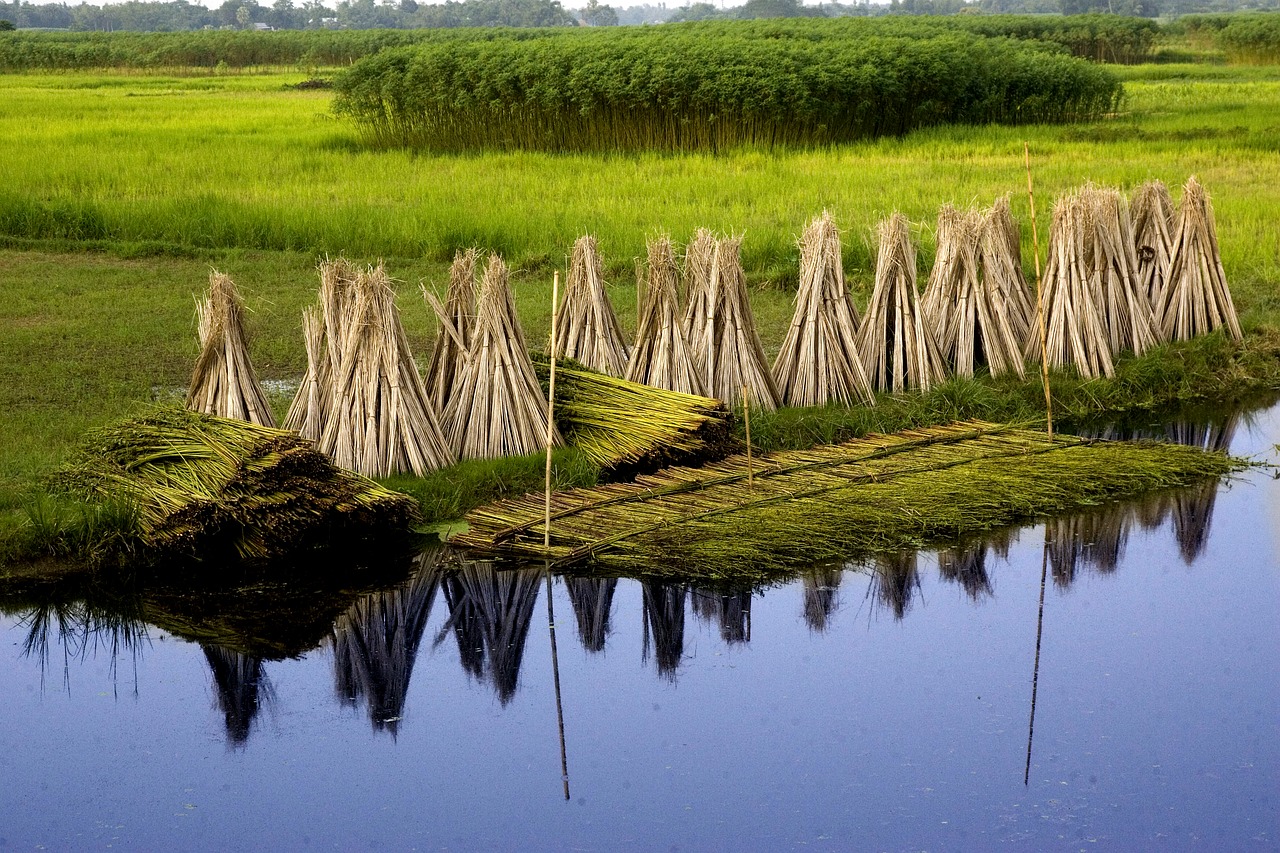
Burlap or kénaf
- Origin :
Cellulosic plant fiber, produced with the bark of jute.
- Culture :
Its culture requires few chemicals, a lot of water, heat and sun. It requires a retting (leaving the fibers torn from the ground, under the action of rain and micro-organisms), this step allows the loss of cohesion between the fibers and thus to soften them.
- Location :
India, Bangladesh (95% of production between them), Nepal, Myanmar.
- Fibers :
Very long fibers, from 100 to 400 cm in length and 17 to 20 µ in diameter.
- Use :
Bags, geotextile, packaging, furniture, composites, carpet.
- Features :Soft, brilliant, thermal insulation, acoustic insulation, electrical insulation, antistatic, breaking resistance, ecological, breathable, biodegradable
- Weaknesses :
Artisanal process, coarse, fuel.
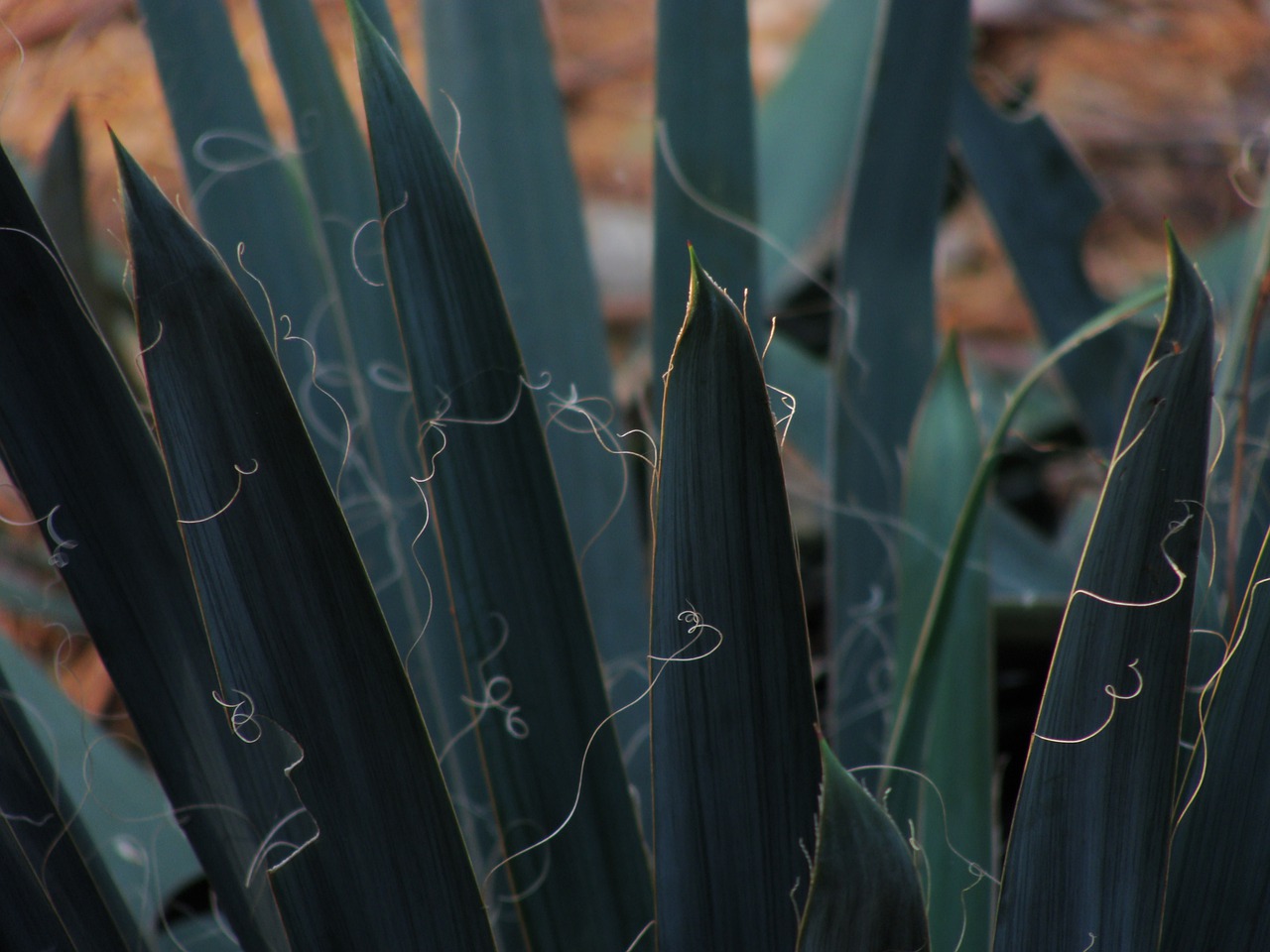
Sisal
- Origin :
Cellulosic plant fiber, it is extracted from the leaves of agave sisalana of the family Agavaceae.
- Culture :
It is cultivated in hot and arid climates.
- Location :
Angola, Brazil, China, Cuba, Haiti, Indonesia, Kenya, Madagascar, Mozambique, Mexico, South Africa, Tanzania and Thailand.
- Fibers :
Short fibers of about 6 cm in length and 20 to 40 µm in diameter.
- Use :
Ropes, coarse fabrics, carpet, polishing discs, building, composites, automotive.
- Features :Breaking resistance, anti-abrasion, thermal insulation, acoustic insulation, soft, ecological, hydrophilic, comfortable, easy to dye, biodegradable
- Weaknesses :
Hard, coarse, moisture sensitive, easily stained, easily shredded.
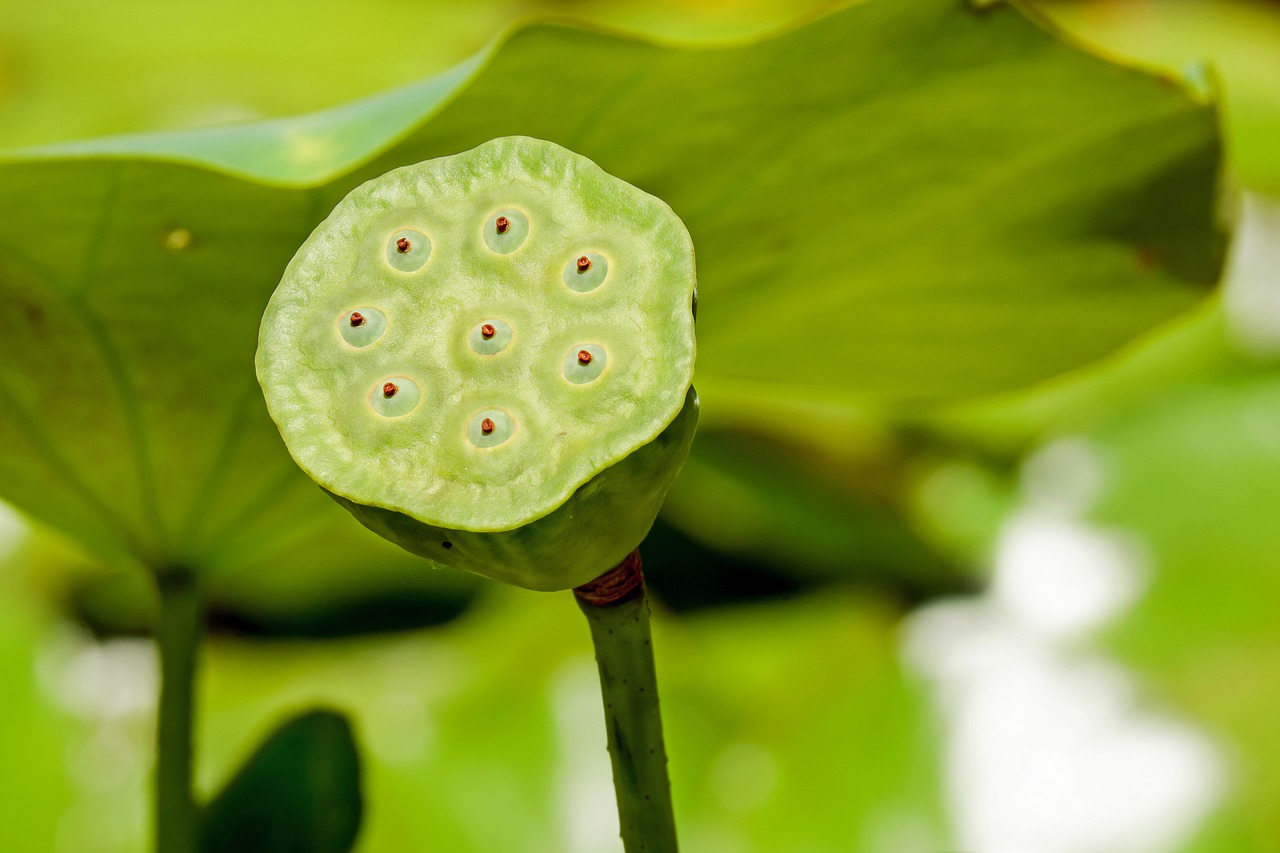
Lotus
- Origin :
Cellulosic plant fiber, extracted from the stems of the plant.
- Culture :
Does not require chemicals. It is cultivated in temperate continental regions.
- Location :
Thailand, Myanmar.
- Fibers :
Long fibers up to 40cm in length and 3 to 5 µm in diameter.
- Use :
Luxury clothing, furniture.
- Features :Ecological, light, soft, silky, breathable, water repellent, wrinkle-free, thermoregulating, anti-stain, hydrophilic, biodegradable
- Weaknesses :
Artisanal and long process.
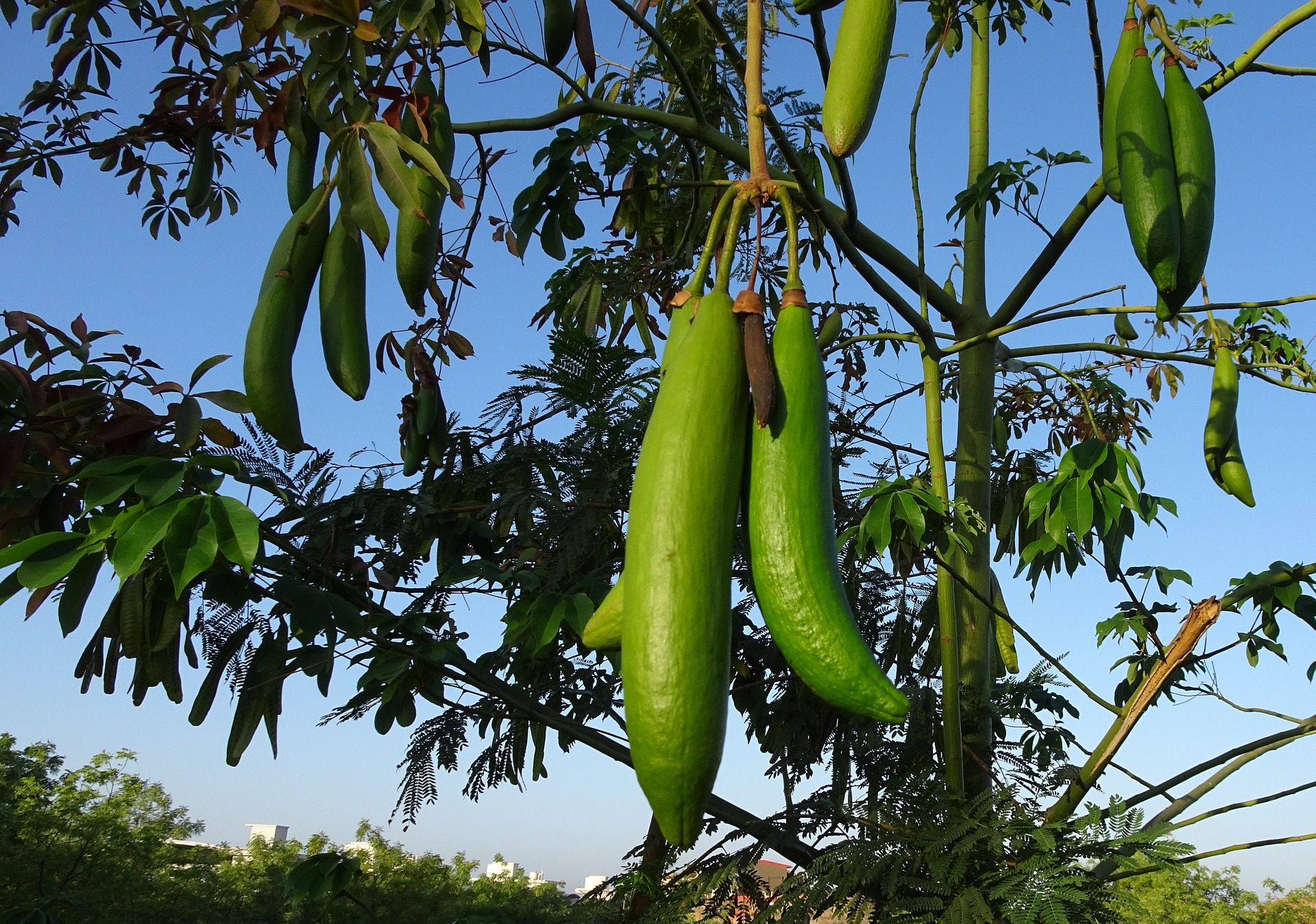
Kapok
- Origin :
Cellulosic plant fiber, it comes from the fruits of several trees of the Bombacaceae family.
- Culture :
These plants grow in tropical areas. The culture requires little water and no chemicals. The harvest is done by hand.
- Location :
Indonesia, Thailand.
- Fibers :
Long fibers up to 25 cm in length and 20 µm in diameter.
- Use :
Filling for mattresses, comforters, pillows, life jackets and buoys.
- Features :Soft, light, waterproof, antifungal, hypoallergenic, biodegradable
- Weaknesses :
Artisanal process, Brittle, flammable.
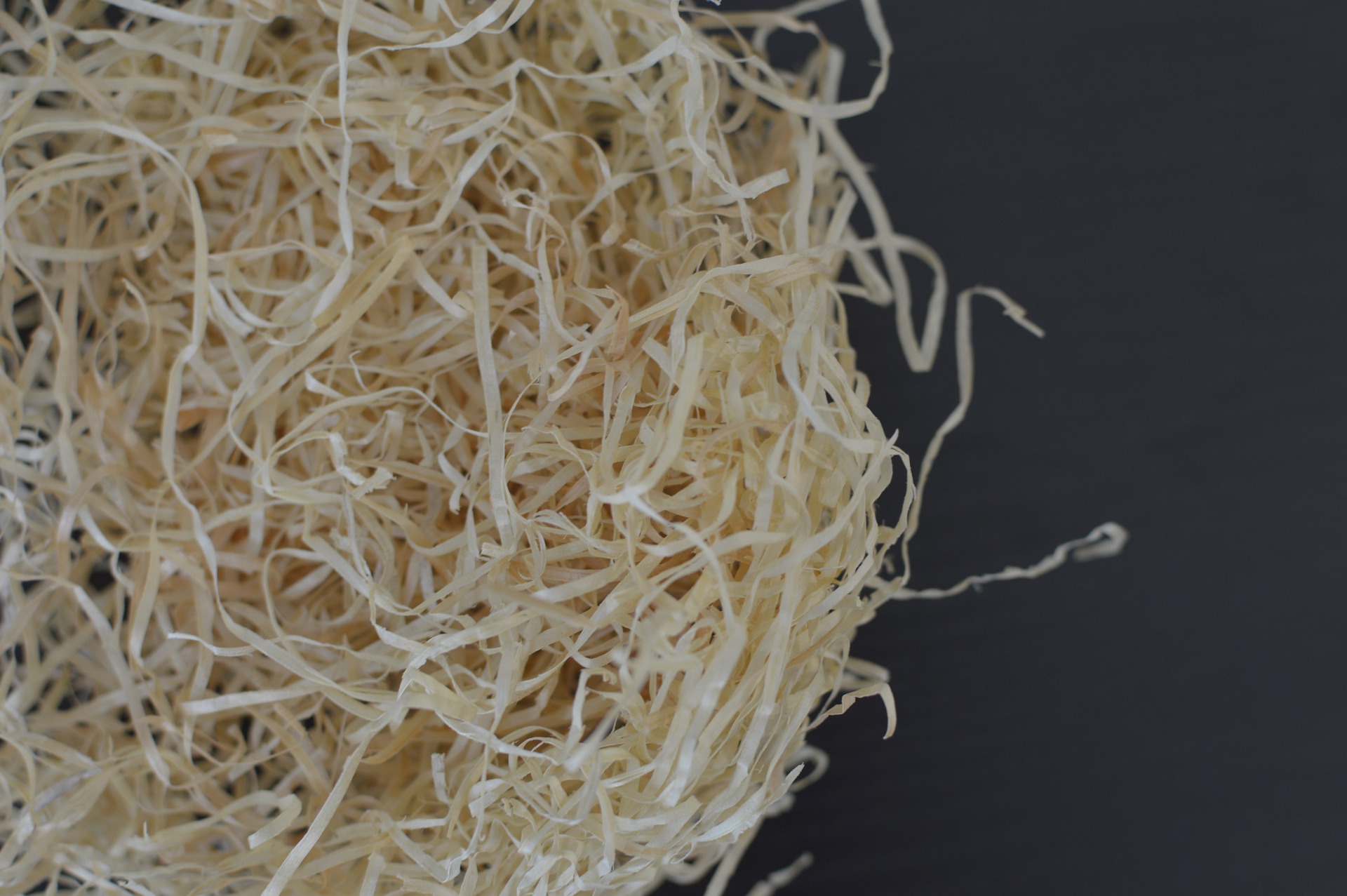
Raffia
- Origin :
Cellulosic plant fiber, comes from the leaves of raffia, a kind of palm tree of the Arecaceae family.
- Culture :
The raffia grows near waterways, with high temperatures. It has the particularity to bloom only once before dying.
- Location :
Madagascar, Philippines.
- Fibers :
Long fibers of about 100 cm in length and µm in diameter.
- Use :
Ropes, furniture, headgear, building, agriculture, basketery, clothing, summer shoes.
- Features :Breaking resistance, flexible, biodegradable
- Weaknesses :
Artisanale production, variable quality.
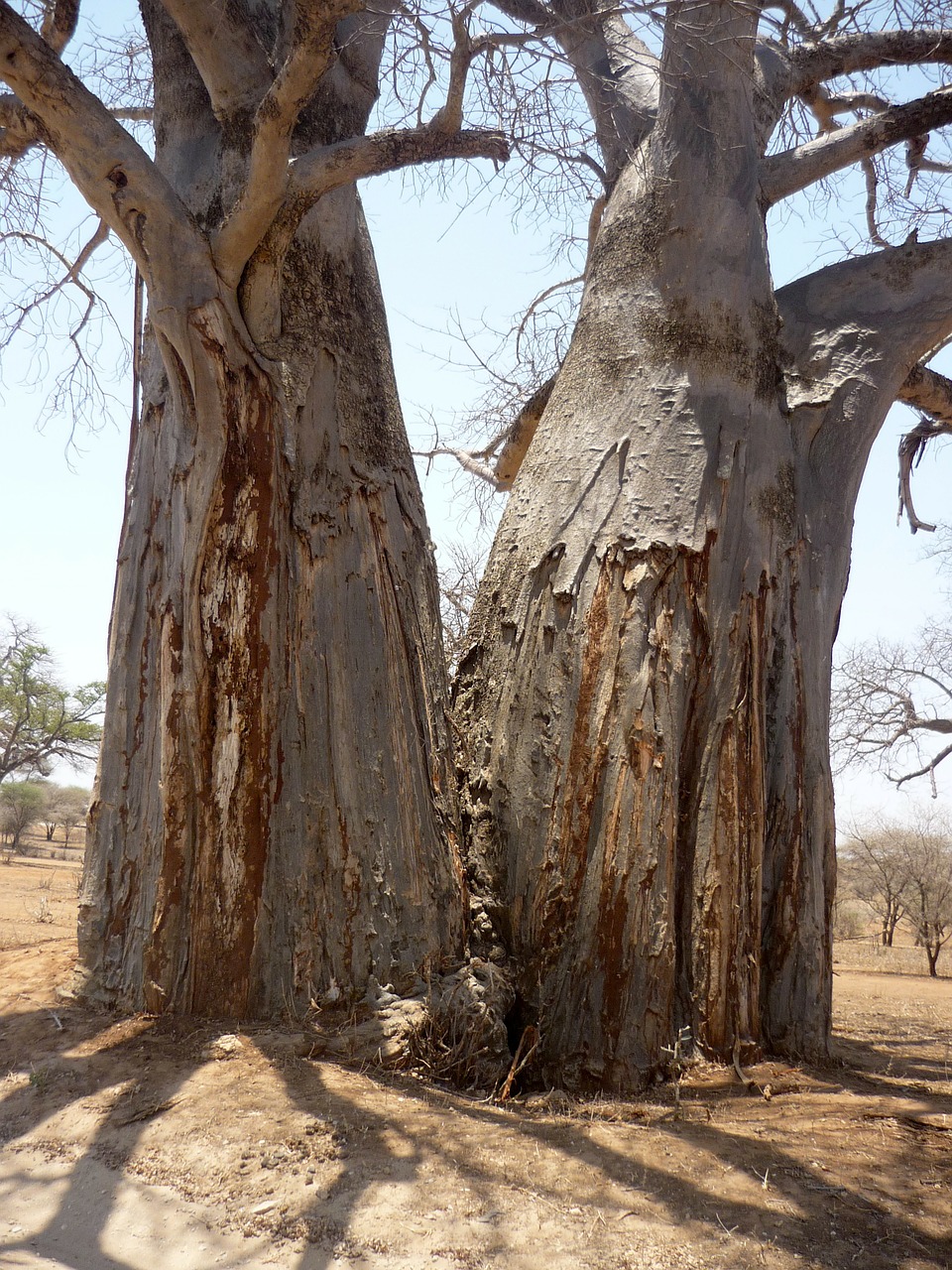
Baobab
- Origin :
Cellulosic vegetable fiber, extracted from the inner part of the baobab bark.
- Culture :
The baobab is only cultivated in countries with a tropical and hot climate with a calcareous or sandy soil.
- Location :
Senegal, Gabon, Central Africa, Zaire, Niger, Mali, Ghana, Togo, Congo, Sudan, Eritrea, Kenya, Tanzania, Mozambique, Angola, Madagascar, Australia.
- Fibers :
Long fibers.
- Use :
Ropes, clothing, headgear, basketry, composites
- Features :Breaking resistance, ecological, hydrophilic, biodegradable, healing
- Weaknesses :
Rough, artisanal process
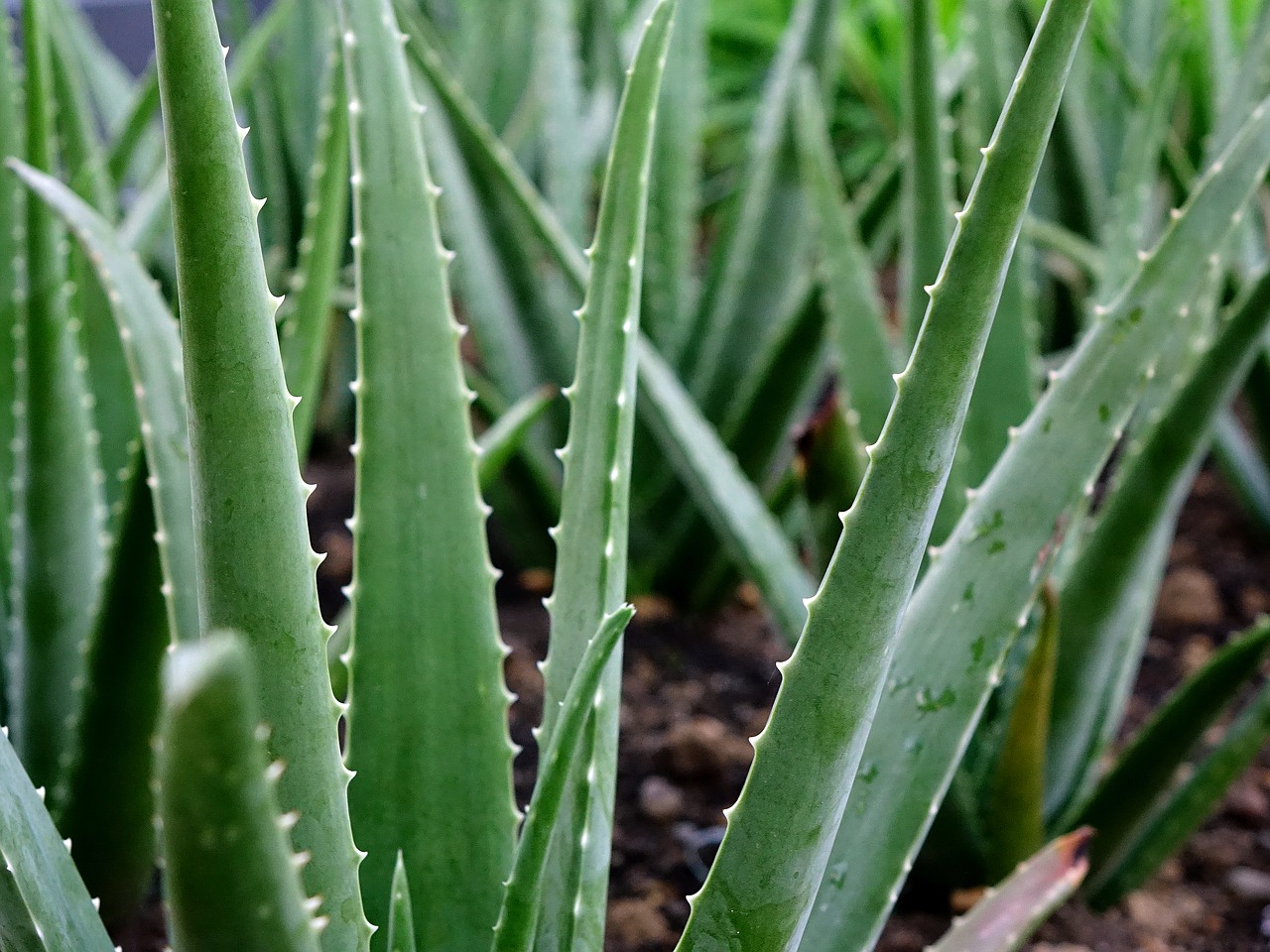
Aloe vera fiber
- Origin :
Cellulosic vegetable fiber, extracted from aloe vera leaves.
- Culture :
The harvest is done by hand. The culture is done without pesticides. Requires a retting (soaking in water then drying in the sun), this step allows the loss of cohesion between the fibers and the rest of the leaves.
- Location :
United States, Mexico, Dominican Republic, Cape Verde, Morocco, Canary Islands, China, Thailand, Australia.
- Fibers :
Long fibers of 20 to 50 cm in length and 5 to 10 µm in diameter.
- Use :
Nonwoven, hygiene, underwear, clothing, medical, furniture
- Features :Hydrophilic, soft, wrinkle-free, antibacterial, regenerates cells, soothes burns, breathable, biodegradable
- Weaknesses :
Artisanal process
